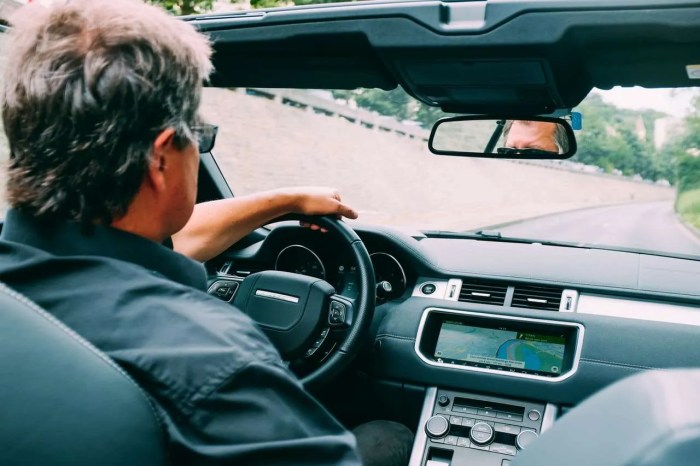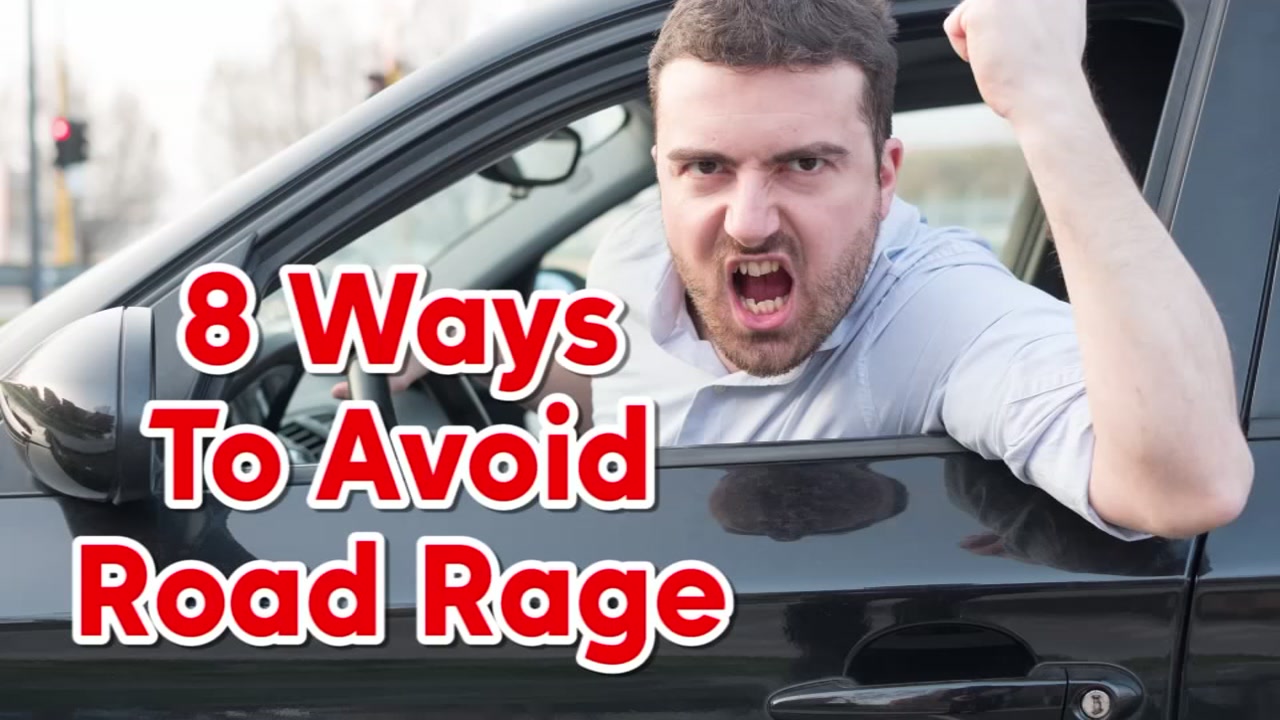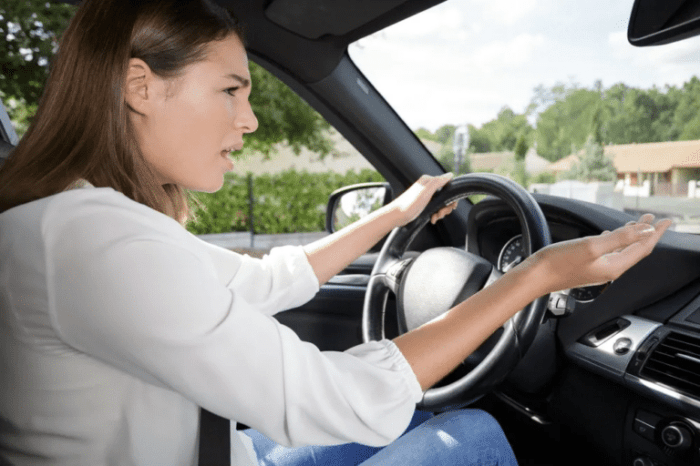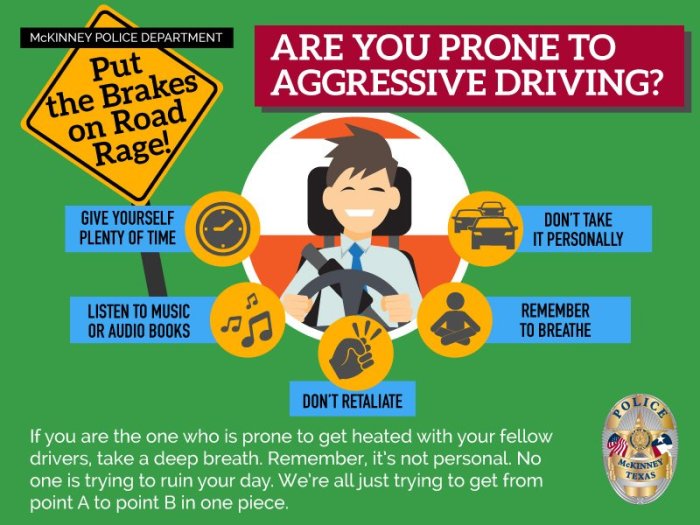How to Deal with Road Rage delves into effective strategies and techniques for managing anger on the road. From understanding the triggers to practical de-escalation methods, this guide offers valuable insights for a safer driving experience.
Explore the following sections to learn more about preventing road rage, de-escalation techniques, legal considerations, and safety measures.
Understanding Road Rage

Road rage is a term used to describe aggressive or violent behavior exhibited by drivers on the road. It can be triggered by various factors such as traffic congestion, running late, or feeling disrespected by other drivers.Road rage incidents have been on the rise in recent years, with statistics showing an increase in aggressive driving behaviors. According to the National Highway Traffic Safety Administration, road rage contributes to a significant number of accidents on the road each year.The impact of road rage goes beyond just the individuals involved.
It can lead to serious consequences such as accidents, injuries, and even fatalities. Moreover, road rage can create a hostile driving environment that affects the safety and well-being of all road users.
Common Triggers of Road Rage
- Heavy traffic and congestion
- Reckless or inconsiderate driving
- Feeling disrespected or provoked by other drivers
Statistics on Road Rage Incidents
- According to a study by the AAA Foundation for Traffic Safety, nearly 80% of drivers expressed significant anger, aggression, or road rage behind the wheel within the past year.
- Roughly 8 million U.S. drivers engaged in extreme examples of road rage, including purposefully ramming another vehicle or getting out of the car to confront another driver.
Impact of Road Rage on Individuals and Society
- Road rage can lead to accidents, injuries, and fatalities, putting the lives of drivers and passengers at risk.
- It creates a hostile driving environment that contributes to overall stress and anxiety among road users.
- Aggressive driving behaviors can escalate quickly, leading to dangerous situations on the road.
Tips for Preventing Road Rage

Driving can be a stressful experience, but it’s important to stay calm and composed while on the road. Here are some strategies to help prevent road rage and ensure a safer driving environment for everyone.
Staying Calm Behind the Wheel
One of the best ways to prevent road rage is to stay calm and composed while driving. Take deep breaths, listen to soothing music, or practice mindfulness techniques to help you stay relaxed behind the wheel.
The Importance of Empathy and Patience
Empathy and patience are key when it comes to preventing road rage. Try to understand that everyone on the road is dealing with their own set of challenges and frustrations. Avoid taking things personally and practice patience in traffic situations.
Avoiding Confrontation with Aggressive Drivers
If you encounter an aggressive driver on the road, it’s important to avoid escalating the situation. Do not engage with aggressive gestures or behaviors, and try to maintain a safe distance from the other driver. Remember that your safety is the top priority.
De-escalation Techniques

Road rage situations can escalate quickly and lead to dangerous outcomes. It is crucial to know how to de-escalate these situations safely to avoid further conflict and harm. De-escalation techniques involve staying calm, communicating effectively, and using non-verbal cues to diffuse tension.
Steps to De-escalate a Road Rage Situation Safely
- Avoid engaging with the aggressive driver and do not make eye contact.
- Keep a safe distance from the other vehicle and avoid aggressive driving behaviors.
- Remain calm and do not react aggressively, even if provoked.
- Signal your intentions clearly and give the other driver space to move.
- If the situation becomes dangerous, call emergency services for help.
Role of Communication in Diffusing Road Rage Incidents
Effective communication is key to de-escalating road rage incidents. By communicating calmly and clearly, you can help defuse the situation and prevent it from escalating further. It is important to use a respectful tone and avoid engaging in arguments or confrontations.
Examples of Non-verbal Cues to Convey Calmness and Understanding
- Maintain a relaxed posture and avoid making sudden movements.
- Use hand gestures to signal your intentions, such as waving to acknowledge the other driver.
- Avoid aggressive facial expressions and maintain eye contact to show attentiveness.
- Take deep breaths to help you stay calm and focused on resolving the situation peacefully.
Legal and Safety Considerations

Road rage and aggressive driving can have serious legal implications and safety risks. Understanding the laws related to road rage and knowing how to protect yourself in these situations is crucial for your safety and the safety of others on the road.
Laws Related to Road Rage
- Aggressive driving behaviors such as tailgating, excessive speeding, and reckless lane changing are illegal and can result in fines or even criminal charges.
- In some jurisdictions, road rage incidents can be classified as assault with a deadly weapon if a driver uses their vehicle as a weapon to intimidate or harm others.
When to Involve Law Enforcement, How to Deal with Road Rage
- If you feel threatened or unsafe due to another driver’s aggressive behavior, it is important to involve law enforcement immediately.
- Provide as much information as possible, including the vehicle’s make, model, color, and license plate number, to help authorities track down the individual.
Safety Measures to Protect Oneself
- Stay calm and avoid engaging with aggressive drivers. Do not make eye contact or use gestures that could escalate the situation.
- Keep your doors locked and windows rolled up to prevent access to your vehicle in case of an altercation.
- If you feel threatened, drive to a well-lit public area or a police station to seek help.
- Consider installing a dashcam in your vehicle to record any incidents of road rage for evidence purposes.
Concluding Remarks: How To Deal With Road Rage

In conclusion, mastering the art of handling road rage can lead to safer roads and a more peaceful driving environment for everyone. By applying the tips and techniques discussed, you can navigate challenging situations with confidence and composure. Stay safe on the road!